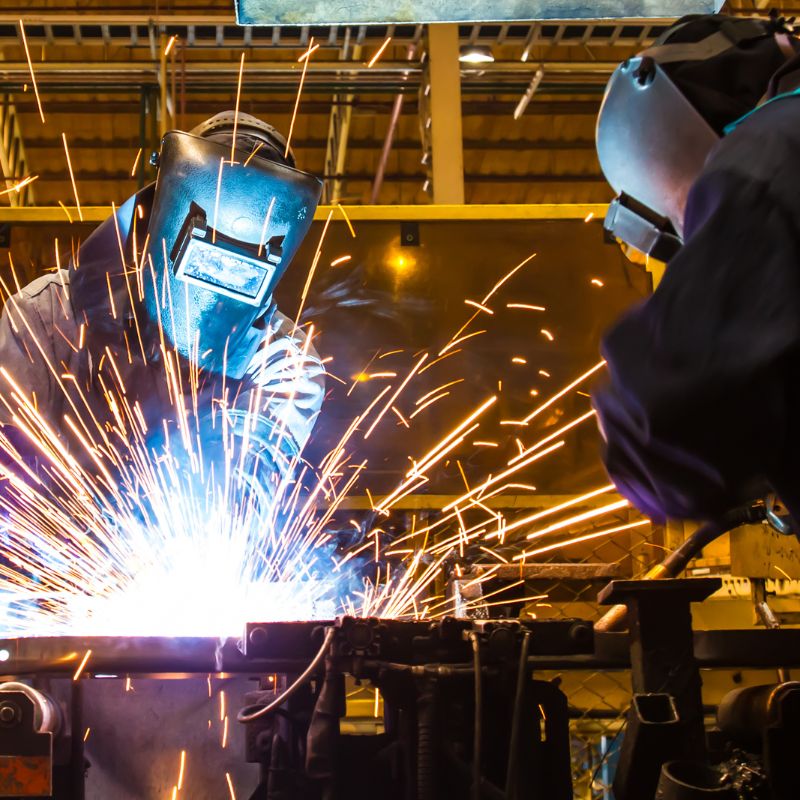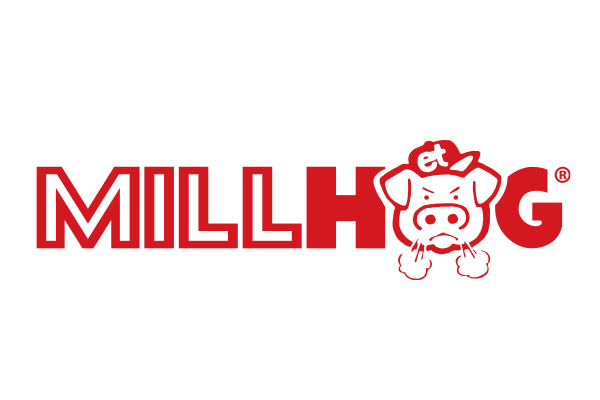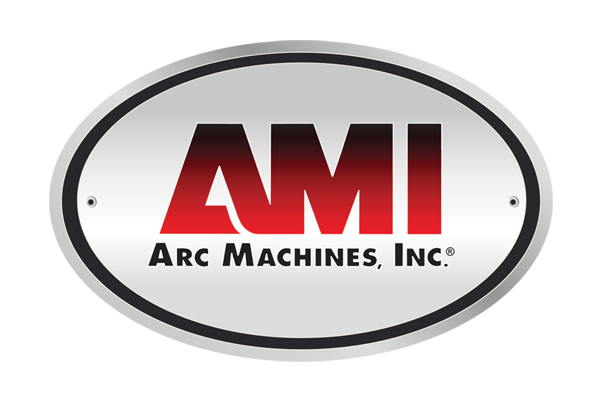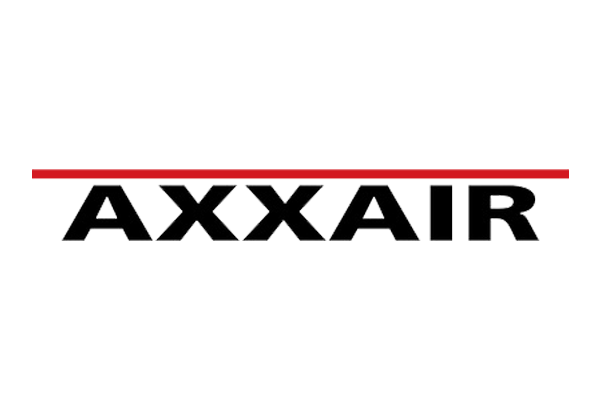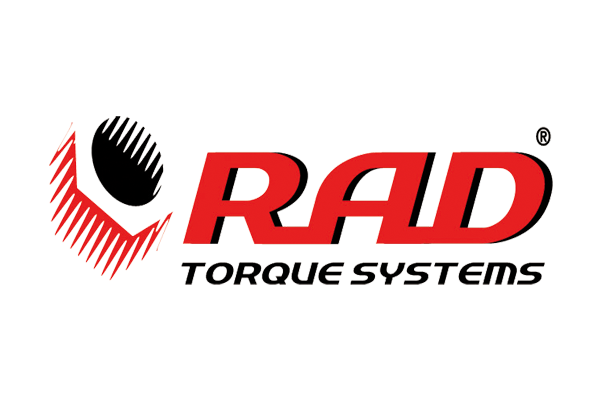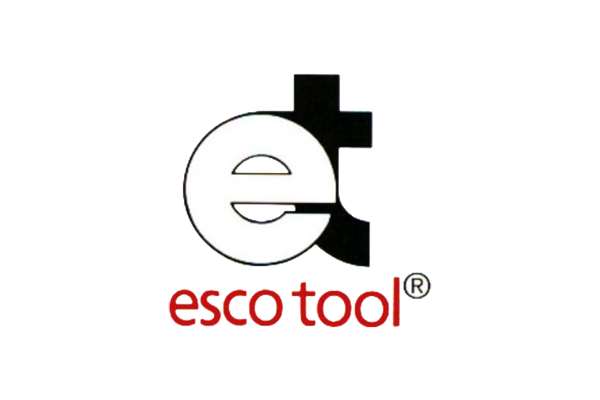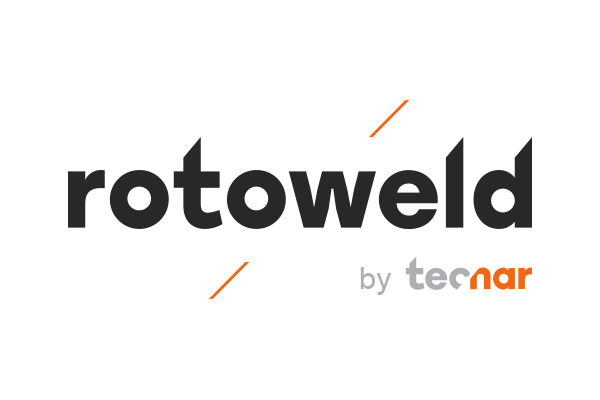What Does the Future Hold for Industrial Welding?
Industrial welding has come a long way since the invention of the first arc welding machine nearly 140 years ago. Today, industrial welding is essential to many industrial processes, including manufacturing, construction, and aerospace. Advances in technology and automation have revolutionized the welding industry, making it safer, faster, and more efficient.
But what does the future hold for industrial welding? Let’s explore the latest trends and predictions for the welding industry and what they mean for the future of welding.
Automation and Robotics
Robots for welding have been gaining popularity in recent years, and this trend is expected to continue in the future. Automated welding systems offer advantages over manual welding, such as increased precision, reduced errors, and higher productivity. With the rise of Industry 4.0 and the Internet of Things (IoT), welding robots can be integrated into a network of connected machines and sensors, allowing for real-time monitoring and analysis of welding quality and performance.
Laser Welding
Laser welding is another area of growth for the welding industry, with applications in the automotive, aerospace, and medical device industries. Laser welding offers several benefits over traditional welding methods, such as higher welding speeds, narrower welds, and less distortion. Advancements in laser technology, such as fiber and ultrafast lasers, are making laser welding more accessible and affordable for industrial applications.
Additive Manufacturing
Additive manufacturing, also known as 3D printing, can revolutionize the welding industry by allowing complex, custom-designed components to be fabricated with extreme precision. Welding-related applications of additive manufacturing include the production of metal powders, wire feedstock, and even complete welding systems. As additive manufacturing technology continues to improve, it is expected to become an integral part of the welding industry.
Augmented Reality
Another innovative technology that is making its way into the welding industry is augmented reality (AR). AR can provide welders with real-time information and guidance, such as weld trajectories, heat inputs, and weld quality assessments. This information can help welders work more efficiently and accurately, reducing the risk of errors and improving safety. AR can also be used for training, allowing welders to learn new techniques and skills in a virtual environment.
Sustainability
Sustainability is becoming an increasingly important consideration in the welding industry. Welding processes consume a significant amount of energy, and the welding industry is looking for ways to reduce its environmental impact. One approach is to use renewable energy sources, such as solar or wind power, to power welding machines. Another approach is to optimize welding processes to reduce waste and improve energy efficiency. Sustainability will be a key consideration for the future of industrial welding.
The welding industry is poised for significant growth and innovation in the coming years, with automation, robotics, laser welding, additive manufacturing, augmented reality, and sustainability as key trends to watch. These advancements will improve the speed, safety, and efficiency of welding processes and provide new opportunities for industrial applications. As the welding industry continues to evolve, it will be critical for welders and companies to stay up to date on the latest technologies and trends so that they can remain competitive and relevant in the marketplace.
If you need an integrated pipe spool welding machine or any welding equipment, SEC Industrial provides the best products and services in the industry. Our experienced team of engineers can help you select the right welding machine for your application and ensure it is installed correctly and safely. Contact us today to discuss how we can help meet your welding needs.
